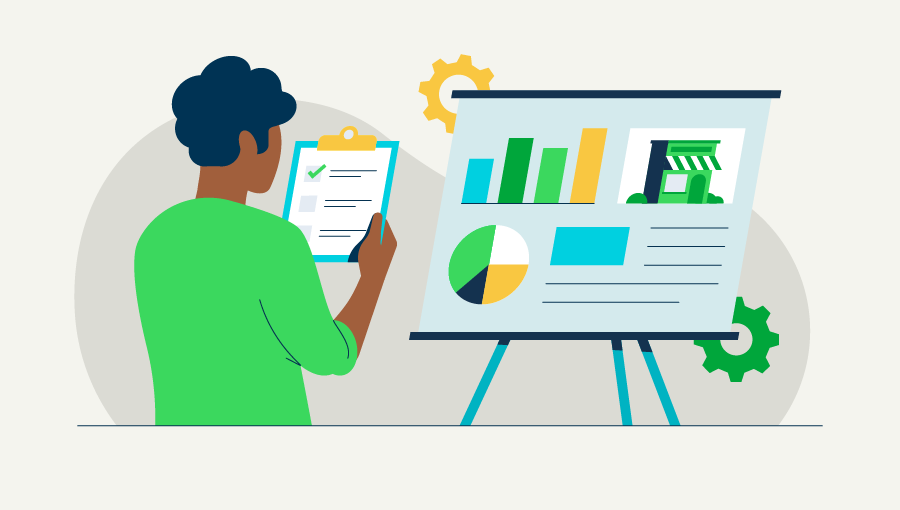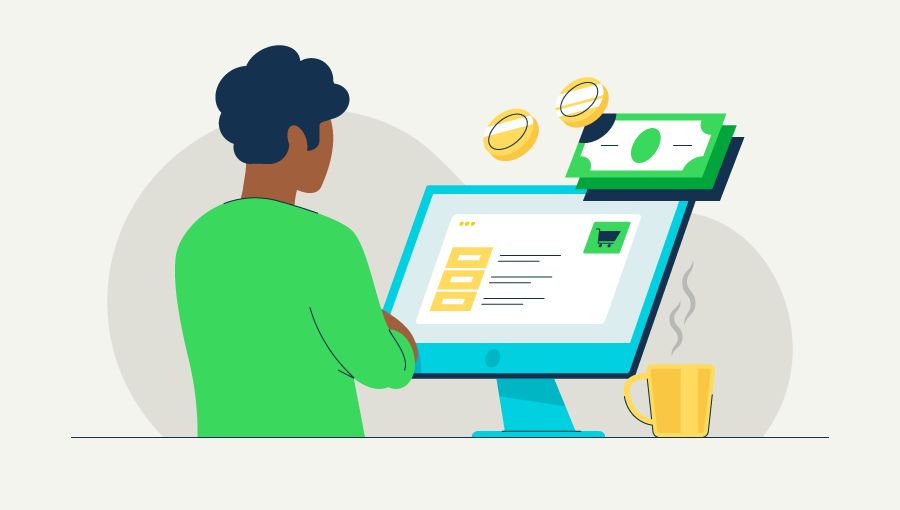Did you lose a week of billable hours last tax season because you spent time sorting through all your credit card charges and paper receipts to figure out how many of your purchases were business expenses? If so, it’s time to step up your organizational efforts and implement a system for tracking your business expenses in real time.
Handling business finances is often one of the least favorite parts of running a small business. Having a firm grasp on your cash flow, knowing what’s tax deductible and what’s not, understanding what you spent each quarter; it all translates into a more positive and less stressful experience at tax time.
You might be dreading that expense tracking is going to be a thorn in your side. But with knowledge comes power. Understanding how to properly track expenses will help ease the pain.
Here are a few ideas for building a better system for tracking expenses to help get you started.










